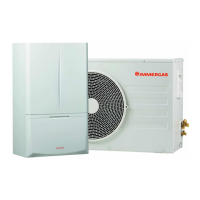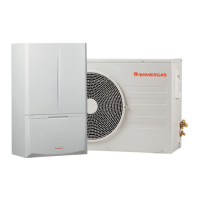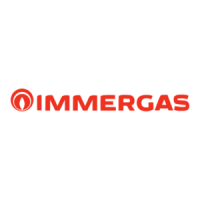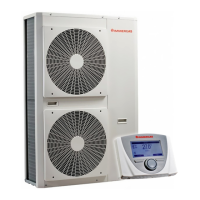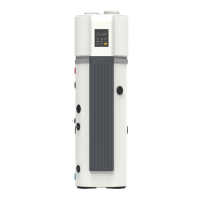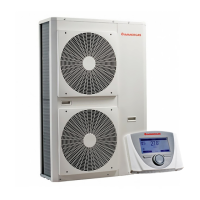65
INSTALLER
USERMAINTENANCE TECHNICIAN
TECHNICAL DATA
We recommend regularly inspecting the nned air coils
to check the level of fouling.
is depends on the environment where the unit is installed. e
level of fouling will be worse in urban and industrial sites, as well
a s n e a r t r e e s t h a t l o s e t h e i r l e a v e s .
ere are two maintenance levels to clean the coils:
- If the air heat exchangers are encrusted, clean them gently with
a brush in a vertical direction.
- Turn o the fans before working on the air heat exchangers.
- To perform this type of intervention, stop the unit only if the
maintenance considerations allow it.
- Perfectly clean air heat exchangers ensure an optimal operation
of the unit. When the air heat exchangers begin to encrust, they
must be cleaned. e cleaning frequency depends on the season
and location of the unit (ventilated, wooded, dusty, etc.).
Clean the air coil using suitable products.
Do not use pressurised water without a large diuser. Do
not use high-pressure cleaners for Cu/Cu and Cu/Al air
coils.
Concentrated and/or rotating water jets are strictly pro-
hibited.
Never use uid with a temperature above 45°C to clean
the air heat exchangers.
Proper and frequent cleaning (approx. every three
months) prevents 2/3 of corrosion problems.
In addition to yearly maintenance, one must also check
the energy eciency of the thermal system, with fre-
quency and procedures that comply with the indications
of the technical regulations in force.
